Protecting Trails in 2018: Five Ways We Mobilized in Communities This Year
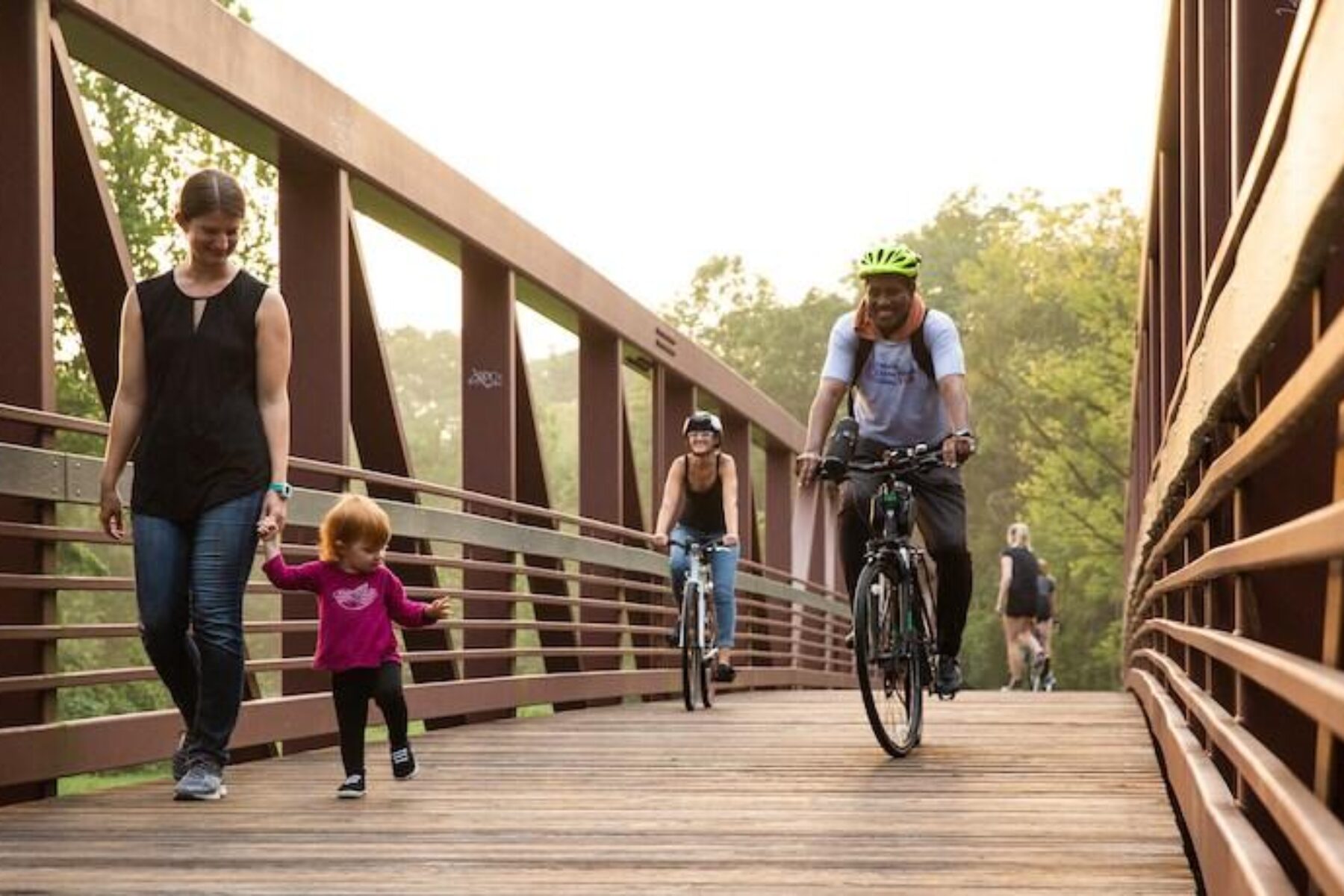
All across the country—from the great redwoods of California, to the trestles of Missouri, to the stream valleys and neighborhoods of Baltimore, Maryland—Rails-to-Trails Conservancy (RTC) and the national trail community put itself on the front lines to protect and defend trails in 2018.
RTC worked closely alongside trail groups, advocates and friends to protect trails against threats to their well-being, generate support for their continued development and create opportunities for the transformative impact we know is made possible by these vital assets.
The wins we had this year are an inspiring lesson that not only is our diverse community growing, we are also growing stronger with the understanding that when trails thrive, so do people and communities.
Here is just a brief look back at how we stepped up to the plate and mobilized in 2018.
Protecting Epic Trail Corridors
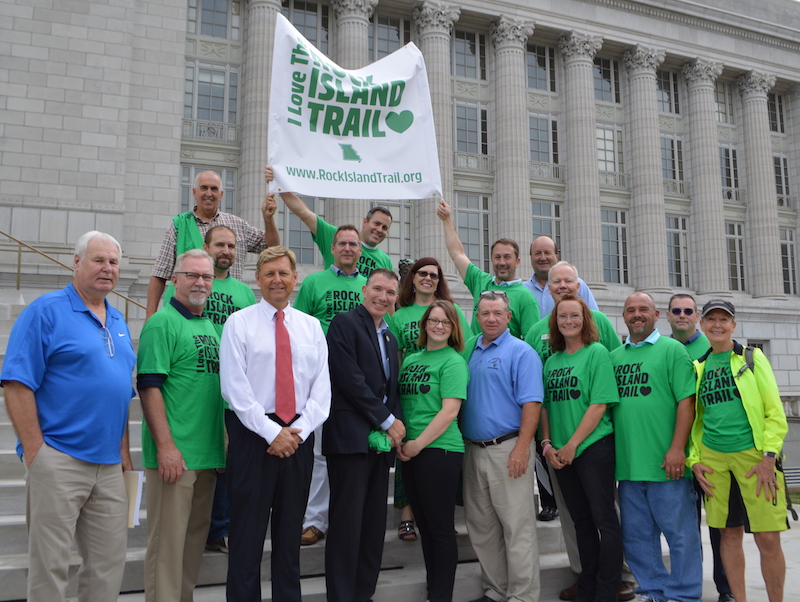
Once a rail corridor is lost, there is no second chance to preserve it—a fact that has become more poignant as the country’s longer disused corridors slowly disappear. High on RTC’s radar in 2018 were two such corridors, in California and Missouri, where trail transformation could preserve the states’ natural resources and generate much-needed opportunities for tourism and economic development in the small towns and former industrial communities along these routes. RTC stepped up to activate the power of its grassroots community in support of these trails while leveraging staff expertise and political savvy in the name of the country’s next great rail-trails.
Related: Rallying for Missouri’s Rock Island Trail
Connecting and Preserving 300 Miles of Natural Treasures in California
RTC actively supported the successful legislation to launch the Great Redwood Trail, proposed on a 300-mile stretch of the Northwestern Pacific Railroad between San Francisco Bay and Humboldt Bay that would link the Bay, wine country, majestic redwoods and pristine wilderness, including the beautiful Eel River Canyon.
In February, state Sen. Mike McGuire (D-Healdsburg) introduced the Great Redwood Trail Act to convert the publicly owned former rail line, and RTC and partners in California engaged in a mass advocacy effort—including a phone-call campaign generating more than 2,000 calls—to encourage the governor to sign the bill. In September, Gov. Jerry Brown signed the bill into law, setting the stage for the transformation of this corridor from economic and environmental liability to a national treasure for walking, bicycling and outdoor tourism. RTC will be standing alongside our partners to make sure this epic rail-trail fulfills its potential as a national treasure.
Support Rails-to-Trails Conservancy’s Work
RTC couldn’t protect and build trails without your support. Please consider donating today to support our work across the country.I will support RTC
Protecting a 144-Mile Economic Engine in Missouri

For the past several years, RTC has worked with partners in Missouri, including the Missouri Rock Island Trail Inc. and the Missouri Bicycle and Pedestrian Federation, to advocate for the conversion of a 144-mile former piece of the Rock Island Line into an outdoor recreational asset and potential economic game-changer for the state. Stretching from Windsor to Beaufort, the trail would pass through 20 communities—many of which have struggled economically since the rail line ceased operations in the 1980s—serving as a boon for outdoor tourism and small-business investment. The trail would also connect to other trails—including the renowned 240-mile Katy Trail, already an economic powerhouse for Missouri—creating a 500-mile destination trail loop between Kansas City and St. Louis.
Related: Pathway to Prosperity: Missouri’s Katy Trail Is a Beautiful Model for Commerce
In 2014, RTC and partners succeeded in convincing Ameren Corporation, the corridor’s owner, to pursue railbanking the segment for rail-trail conversion; however, the state continues to debate the trail’s fate. Last year we helped collect nearly 9,000 comments in support of the project—and we continue this year to help amplify the community’s voice at public meetings and other forums on the transformative potential of the Rock Island Trail. The state’s decision on the corridor is due in February, and we’ll be working hard to make sure the corridor is protected.
Defending Trails in the Federal Courts

For decades, RTC has played a critical role in defending railbanking, a legal tool that allows rail corridors to be preserved for future use as trails. In 2017, our legal team helped secure victories for trail managers in two cases, Hornish Joint Living Trust, et al. v. King County, and Kaseburg, et al. v. King County, et al., involving the 12-mile East Lake Sammamish Trail and the planned Eastside Trail in King County, Washington. At the heart of the cases were attempts to limit the rights of trail managers to use the full widths of the rights-of-way, including for utilities and public transit.
RTC’s legal team filed amicus curiae (“friends of the court”) briefs in support of King County and the other defendants named—and in August 2018, the Ninth Circuit Court of Appeals ruled in favor of King County and the defendants in both cases! This decisive victory sets an important precedent for other trail groups defending their railbanked rail-trails against similar legal challenges.
In early October, the Surface Transportation Board (STB) began considering a rule proposed by opponents of railbanking that would restrict railbanking negotiations to essentially three years—except under “extraordinary circumstances.” Armed with the knowledge that negotiations often extend beyond this time period for a variety of legitimate reasons, and supported by data collected by RTC over several decades, our legal team submitted formal comments in opposition to the proposed rule. We also mobilized our members, supporters and our network of trail professionals to register their opposition, ultimately sending more than 160 direct comments and nearly 15,000 petition signatures to the STB—dwarfing the fewer than 30 comments submitted in support of the damaging rule. We await the STB’s decision before the end of the year!
Uniting the Country’s Leading Trail Experts at Inaugural TrailNation™ Summit
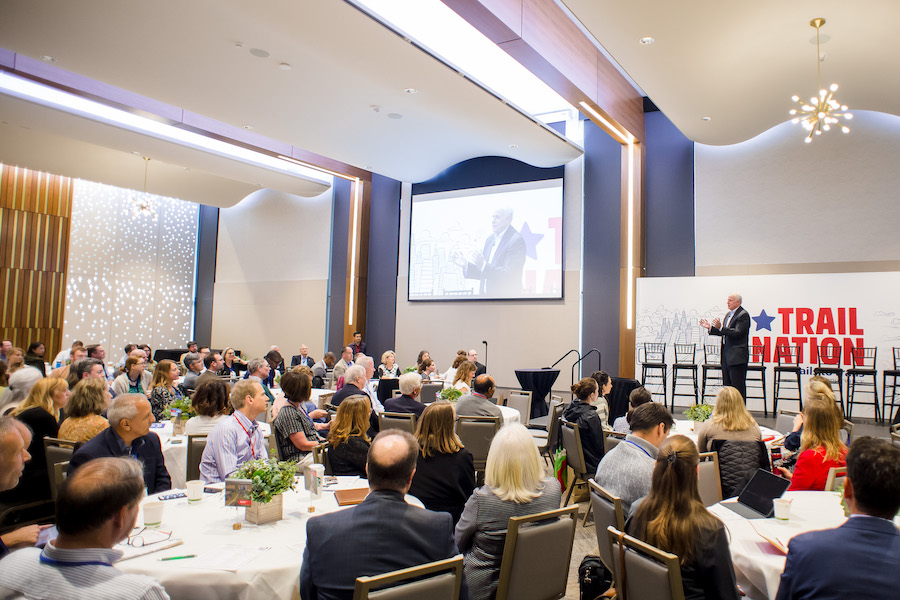
This summer in Milwaukee, RTC brought together more than 130 of the country’s most esteemed transportation planners, public officials and experts in the fields of health, diversity and economic development for our inaugural TrailNation Summit—a convening designed to harness the energy and knowledge fueling the national movement to connect communities and regions by trails. This converging of hand-picked leaders from the national trail community was a powerful reminder for all of us that there’s truly no end to what can be achieved—and the impact we can make—when we work together.
A key takeaway from the sessions: When trail networks are embraced as vital community assets, they bring powerful solutions for addressing issues as far ranging as chronic disease, resiliency, mobility, social equity and economic growth. Watch highlights from the event on the TrailNation Summit website.
Hundreds of Thousands of Dollars in Federal Funds for Trail in Baltimore and West Virginia
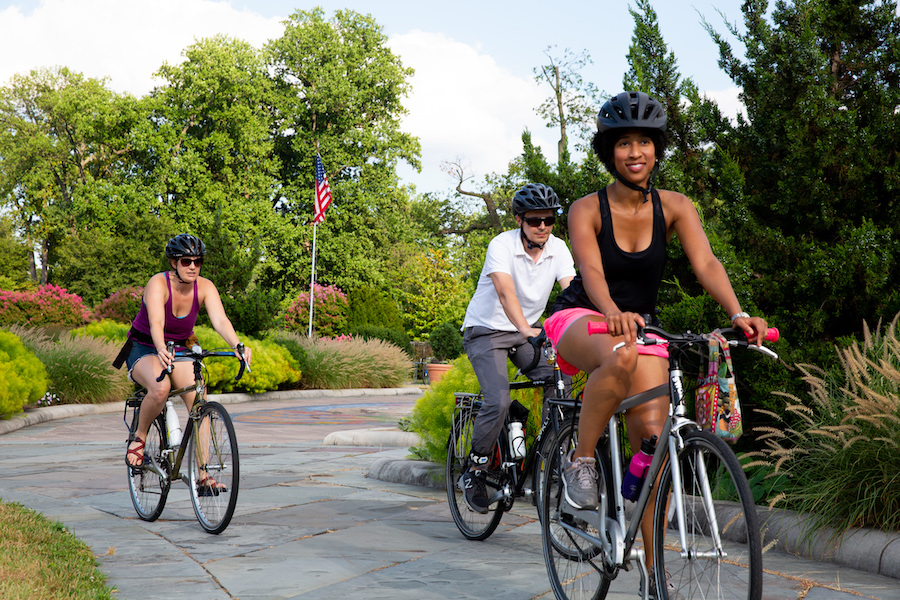
RTC is committed to building comprehensive trail systems that bring people together and demonstrate their transformative impact on health, mobility, economic prosperity, our transportation systems and the environment. This year we saw a perfect opportunity to move the dial forward on two projects in our TrailNation project portfolio through the Transportation Alternatives Program (TAP)—the largest source of federal funding for trails in the country.
In Baltimore, RTC and partners secured a $250,000 TAP grant for the Baltimore Department of Transportation to help close a gap in a key segment of the Baltimore Greenway Trails Network, a developing 35-mile trail network that will link three existing trails and many of the city’s historically underserved communities with the downtown core. The grant specifically supports the design of a trail along the Middle Branch of the Patapsco River connecting the Gwynns Falls Trail and Baltimore’s Inner Harbor.
Related: Baltimore Greenway Trails Network Lands $250,000 Federal Grant to Close Key Trail Gap
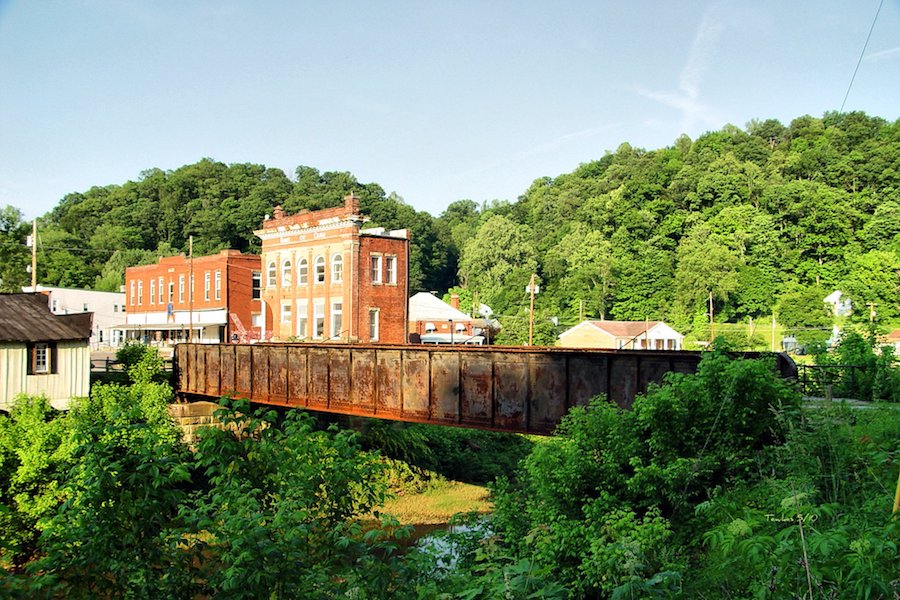
We also celebrated a huge win in West Virginia, helping to secure a $223,200 TAP grant for the Wood County Commission to purchase a $279,000 piece of disused CSX corridor to extend the North Bend Rail-Trail toward Parkersburg, West Virginia. The project will assist in closing a small but critical gap in a 150-mile corridor between Parkersburg and Pittsburgh that is a key component of an even larger developing 1,500-miles-plus trail network connecting 48 counties in four states: Pennsylvania, Ohio, West Virginia and New York. A project of the Industrial Heartland Trails Coalition, the ambitious effort aims to establish the region as a world-class outdoor biking destination, thereby stimulating local economies across the project footprint and revitalizing communities.
Time and again we were tested this year, and time again we jumped in to protect trails and ensure their transformative impact is not only demonstrated—but felt—in communities nationwide.
We look forward to another powerful year for trails in 2019 and beyond!

Donate
Everyone deserves access to safe ways to walk, bike, and be active outdoors.